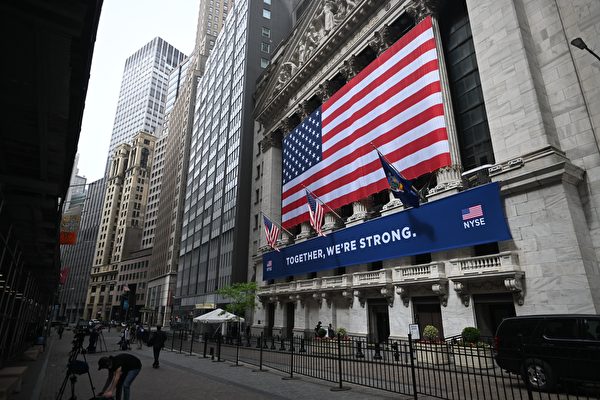This week, various government agencies in the United States have released some unexpectedly disappointing economic indicators and related news.
Data shows that the U.S. economy is performing well below expectations. In the first quarter of 2024, the Gross Domestic Product (GDP) growth rate was a meager 1.6%, the lowest quarterly economic growth rate since 2022 and far below the analysts’ expected 2.5%. Along with the GDP release, it was noted that the core Personal Consumption Expenditures (PCE) price index also surged from 2.0% in the first quarter to 3.7%, a key measure of inflation preferred by the central bank.
The following day, the March 2024 PCE price index data was released, showing that inflation is worsening rather than improving. The overall PCE increased by 2.7% that month, compared to 2.5% in January and February. The core PCE (excluding food and energy) performed even worse at 2.8%. Consumer expectations for future inflation have once again risen.
This dilemma has left the Federal Reserve in a tough spot, balancing between fighting inflation and economic downturn, facing the prospect of stagflation reminiscent of the 1970s when unemployment kept rising, the economy slumped, yet prices steadily increased. News of inflation pushes back the Fed’s rate cut prospects at least until the end of this year, possibly even into 2025.
Simultaneously, average households are caught in a plight of rising consumer prices, sluggish wage growth, and dim job prospects. They are increasingly worried about their livelihoods being threatened as they witness their living standards and future prospects like homeownership declining.
However, the market seems to favor the notion that deficit spending and excess liquidity have fueled inflation. After shaking off the weak GDP data, stock prices quickly rebounded, erasing previous losses. Stock indices like the S&P 500 remain close to the historical highs set at the end of March. The so-called “Magnificent Seven”, referring to the largest and fastest-growing tech companies in the index including Microsoft, Apple, Nvidia, Alphabet, Amazon, Meta, and Tesla, also saw a similar resurgence. Among them, Tesla’s stock price surged by 22% in a week, offsetting early losses due to reports of poor quarterly sales.
Thus, while Main Street, representing the tangible U.S. economy across industries, suffers from economic weakness, financial asset prices continue to rise, even when their intrinsic values may not be high.
One major reason is the overflowing liquidity generated by government deficit spending (and the ensuing borrowing) still rampant in the market.
Government debt buyers remain plentiful. Just this week, the U.S. Treasury successfully auctioned a record $690 billion in two-year notes, a record $700 billion in five-year notes, and $440 billion in seven-year notes. Concerns among investors about the large issuance of national debt have yet to be confirmed. This will give the government confidence to keep spending.
The results of these massive auctions, coupled with record tax receipts, mean the Treasury’s coffers are flush with cash. Following this year’s tax day, the Treasury General Account cash balance rose to nearly $900 billion, with some of these auction proceeds further bolstering it. As long as the U.S. government bond market remains open, deficits will continue to grow, and all this liquidity must find suitable outlets.
As the U.S. government spends this vast sum of cash in the coming months, more liquidity will be injected into the financial markets, supporting the prices of inflation hedge assets such as gold, cryptocurrencies, oil, and other commodities, while growth stocks can outpace price increases under similar conditions.
Author’s bio:
Michael Wilkerson is a strategic advisor, investor, and writer. He is the founder of Stormwall Advisors and Stormwall.com. His latest work is “Why America Matters: The Case For a New Exceptionalism” (2022).

